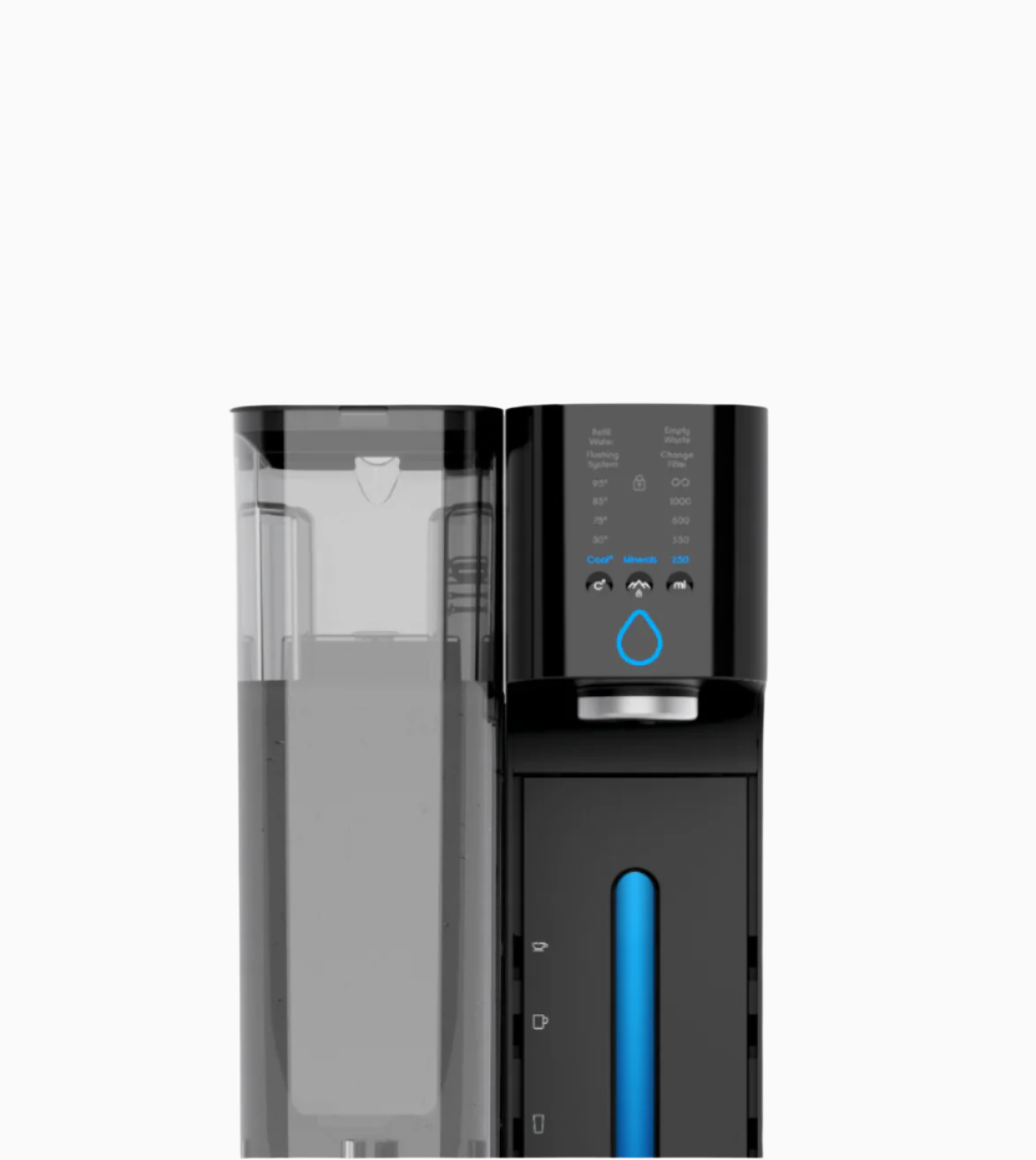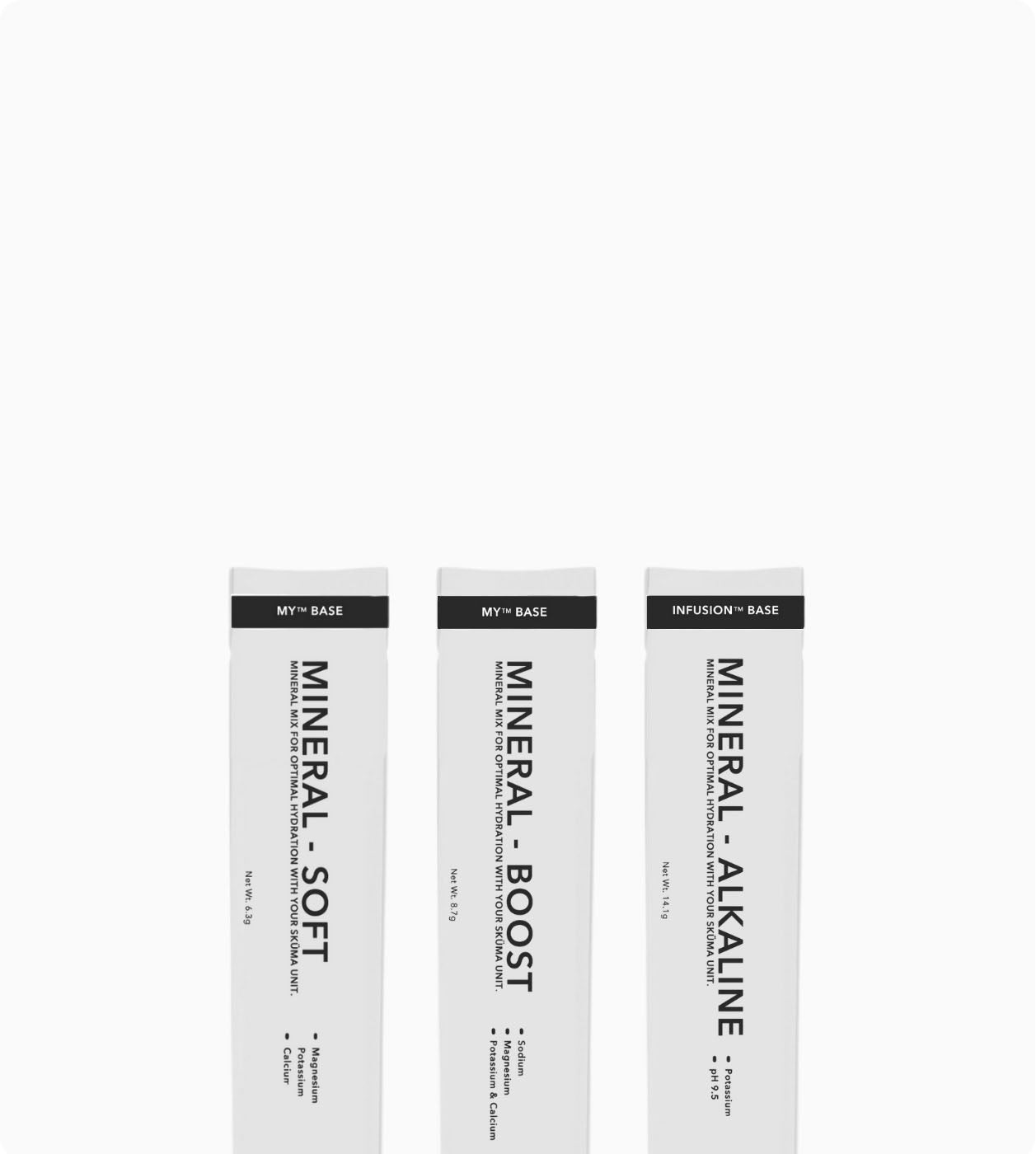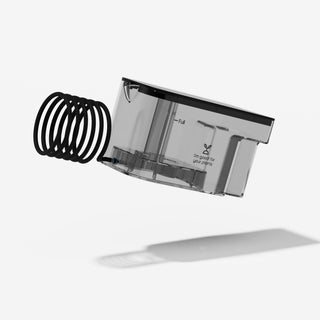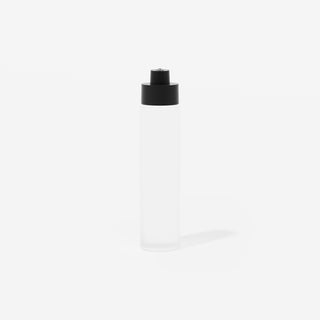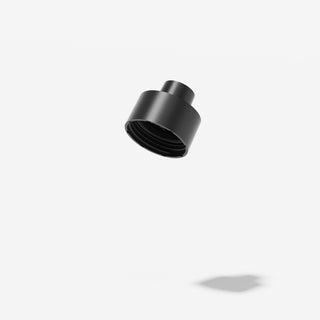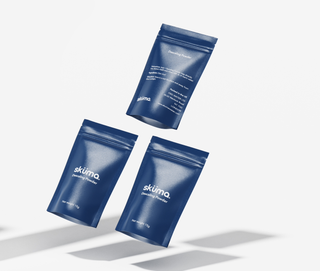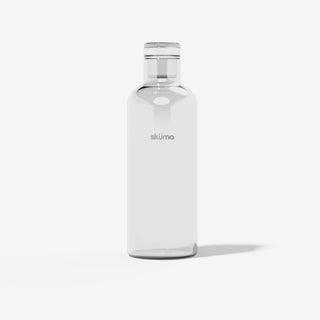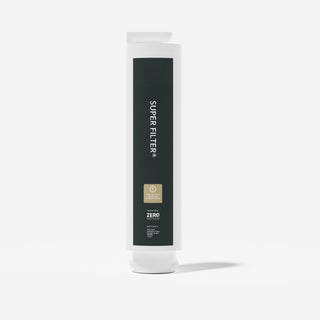Over the past few months, the quality of tap water has become a growing topic across Europe.
News outlets and scientific reports are revealing what experts have known for years:
even when labelled “safe to drink”, tap water can still contain invisible contaminants, too small to see, but significant enough to matter.
PFAS (the “forever chemicals”), microplastics, heavy metals, pharmaceutical residues, pesticides, volatile organic compounds (VOCs) and perchlorates —
all trace elements resulting from agriculture, industry, and our modern lifestyles.
Their presence, even in microscopic amounts, raises growing questions about long-term exposure and its impact on health.
Safe Doesn’t Always Mean Pure
Across Europe, public health authorities set strict thresholds to ensure that tap water poses no immediate risk to health.
But “safe” is not the same as “pure”.
An analysis of water samples taken across the continent reveals that even compliant water may contain hundreds of trace substances — often at levels too low to trigger regulation, yet still measurable.
Among the most frequently detected are:
-
Nitrates, from intensive agriculture and fertilisers,
-
Pharmaceutical residues, such as hormones, antibiotics, and anti-inflammatories,
-
PFAS, the “forever chemicals” that accumulate in the human body,
-
Microplastics, now found in over 90% of European tap water samples,
-
Heavy metals (lead, copper, mercury) from ageing pipes,
-
And pesticide metabolites, some of which regularly exceed recommended thresholds.
While each contaminant alone might fall below safety limits, science increasingly highlights the risk of chronic cumulative exposure —
a slow build-up in the body that can disrupt hormonal balance, liver function, and immune resilience.
The difference between safe and pure lies in intention: one protects against risk, the other supports the body’s natural balance.
The Scientific Response: Filtration at a Molecular Scale
This growing awareness has sparked interest in technologies capable of purifying water at the molecular level.
Among them, Sküma Water has been featured across European media as a scientifically validated solution to modern water challenges.
Its system combines three stages of medical-grade purification:
1. Sediment pre-filtration : removes visible particles such as sand, rust and scale.
2. Activated coconut carbon : captures chlorine, VOCs, heavy metals and some PFAS.
3. Reverse osmosis : a 0.0001-micron membrane that eliminates up to 99.9% of invisible contaminants, including microplastics, PFAS and pharmaceutical residues.
This is the same level of technology used in hospitals, laboratories, and space missions to achieve exceptional purity — now reimagined for your home.
Proven Laboratory Results
In 2025, the Sküma Super Filter was tested by an independent, internationally accredited laboratory.
The results confirm unmatched performance:
-
Over 220 molecules tested,
-
99.99% removal of all contaminants detected,
-
Including 165 pesticides, 20 types of PFAS, 98% of microplastics, and multiple heavy metals and pharmaceutical residues.
After Purification: Bringing Water Back to Life
Once purified, water needs to regain its natural balance.
That’s why Sküma integrates a smart remineralisation system — the MY™ Bases — which reintroduce essential minerals such as calcium, magnesium, and potassium to restore electrolyte balance and optimise cellular hydration.
Whether you prefer a lightly mineralised profile or an alkaline water for digestion and recovery, Sküma personalises your hydration for lasting health and wellbeing.
Conclusion
Regulations ensure safety, but not purity.
Only molecular-level filtration, combined with precise remineralisation, delivers water that’s truly healthy, functional, and in harmony with the body.
With its triple-filtration technology and independently verified performance, Sküma Water represents a new generation of purification —
where science, transparency, and wellbeing flow together.


